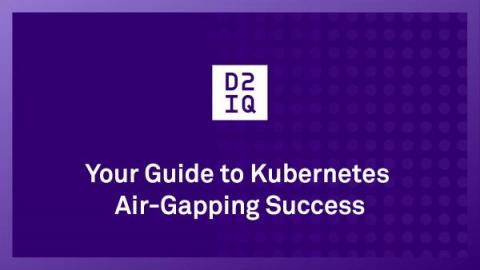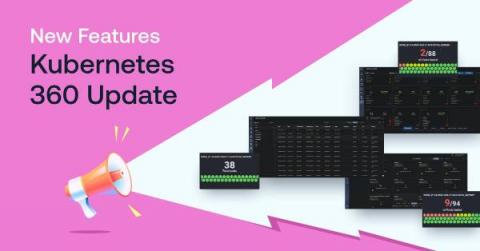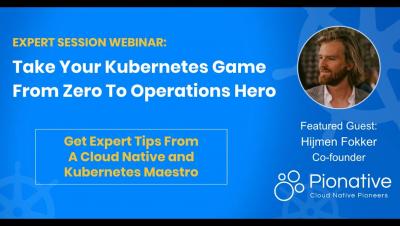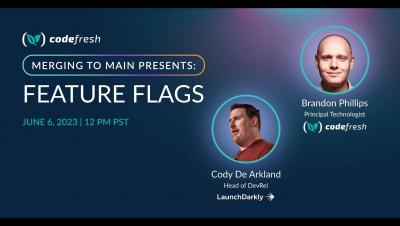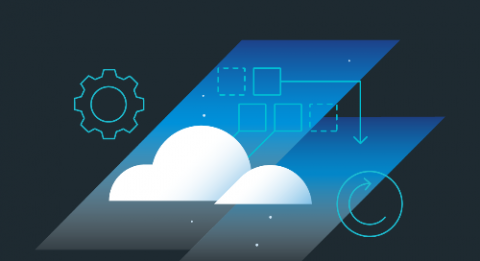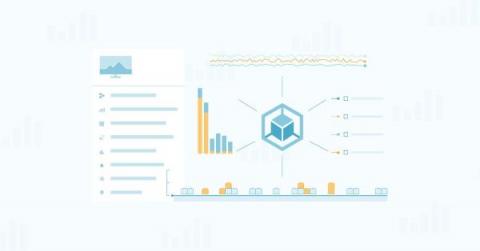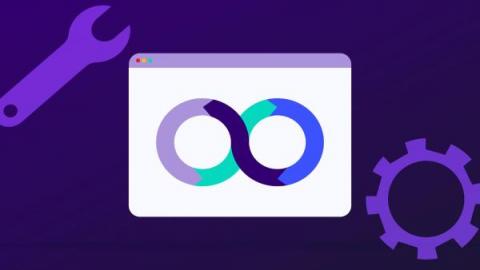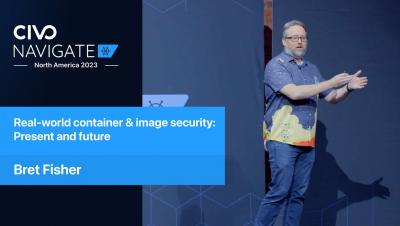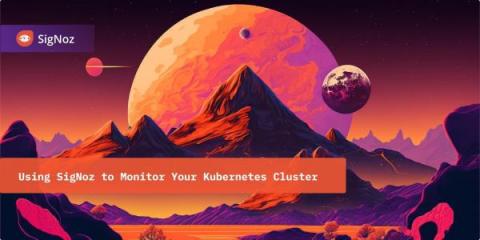Your Guide to Kubernetes Air-Gapping Success
Military and intelligence agencies, hospitals and corporations all deploy air-gapped environments to protect their sensitive information from breaches and theft. An air-gapped environment aims to isolate and limit access to classified and sensitive data. An air-gapped environment can be as simple as five PCs in a room connected only to one another, whereas air-gapped environments like the U.S.


